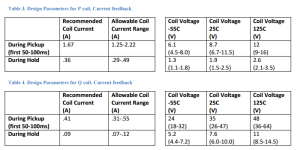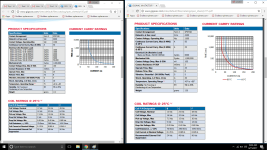methods
1 GW
Starting the PCB layout..... NOW (3:20PDT)
I will leave that section for last and focus first on laying out the power handling area.
The argument to slow balance above either assumes a bike sits on charge for extended periods (which most people dont out of justified fear I suspect) or that a more complex system is in place.
Agreed that tool packs sit on the charger and would work
Agreed that I would like to rely on long 12hr balancing sessions
Agreed that I store most of my packs fully charged and would be happy to leave them on a "trickle charger" (even tho we dont use that term anymore)
We will see when that time comes.
I am just going to wing out whatever wings out unless someone else does the math.
-methods
I will leave that section for last and focus first on laying out the power handling area.
The argument to slow balance above either assumes a bike sits on charge for extended periods (which most people dont out of justified fear I suspect) or that a more complex system is in place.
Agreed that tool packs sit on the charger and would work
Agreed that I would like to rely on long 12hr balancing sessions
Agreed that I store most of my packs fully charged and would be happy to leave them on a "trickle charger" (even tho we dont use that term anymore)
We will see when that time comes.
I am just going to wing out whatever wings out unless someone else does the math.
-methods



